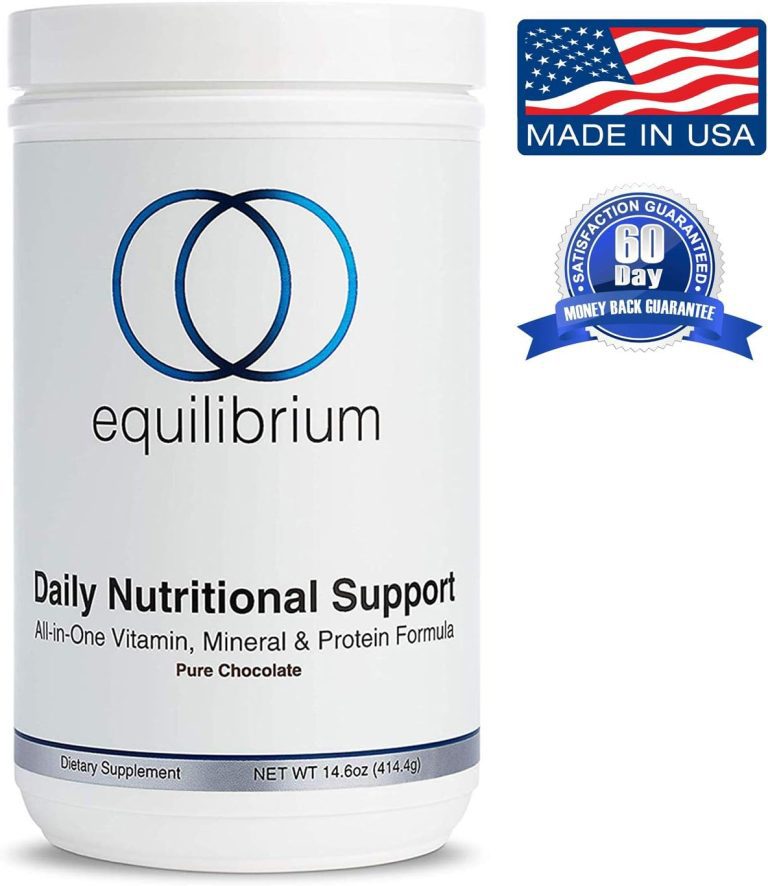Ben And Jerry’s Ice Cream Nutrition
Ben and Jerry’s Ice Cream Nutrition: A Delicious Treat with a Side of Health
We all scream for ice cream! And when it comes to delicious frozen treats, Ben and Jerry’s is a name that needs no introduction. Known for their innovative flavors and chunky mix-ins, Ben and Jerry’s has become a staple in many households. But what about the nutrition? Can indulging in a pint of Ben and Jerry’s ice cream fit into a healthy lifestyle? Let’s dive into the nutrition facts and find out!
The Basics: Understanding Ice Cream Nutrition
Before we delve into the specifics of Ben and Jerry’s ice cream nutrition, let’s first understand the basics of ice cream nutrition. Ice cream is typically made from a mixture of milk or cream, sugar, and flavorings. These ingredients contribute to the calorie, fat, carbohydrate, and protein content of each serving.
Ice cream can vary widely in terms of its nutritional profile based on factors such as the type of milk or cream used, the amount of added sugar, and the variety of mix-ins. It’s important to note that while ice cream is a tasty treat, it is generally not considered a health food and should be enjoyed in moderation as part of a balanced diet.


Ben and Jerry’s Ice Cream Nutrition Facts
Now, let’s take a closer look at the nutrition facts of Ben and Jerry’s ice cream. The following nutrition information is based on a standard serving size of 1/2 cup (110 grams) for the various flavors.
Calories: Ben and Jerry’s ice cream flavors typically range from around 220 to 360 calories per serving. The higher calorie options usually contain more mix-ins, such as chocolate chunks or cookie dough.
Fat: The fat content of Ben and Jerry’s ice cream flavors can vary, with most flavors containing around 10 to 16 grams of fat per serving. The fat in ice cream comes from the milk or cream used, as well as any added fats in the mix-ins.
Carbohydrates: Ben and Jerry’s ice cream flavors generally contain around 20 to 30 grams of carbohydrates per serving. The majority of these carbohydrates come from the added sugar used to sweeten the ice cream.
Protein: Ice cream is not a significant source of protein, and most Ben and Jerry’s flavors contain around 4 to 6 grams of protein per serving.
Navigating the Nutrition Label: Decoding the Ben and Jerry’s Ice Cream Packaging
When it comes to deciphering the nutrition label on a pint of Ben and Jerry’s ice cream, there are a few key elements to pay attention to.
Serving Size: The serving size listed on the nutrition label is important to consider when evaluating the calorie and nutrient content. Keep in mind that the serving size for Ben and Jerry’s ice cream is typically 1/2 cup (110 grams).
Calories: The calorie content of the ice cream is listed per serving. Be aware of the number of servings in the container to calculate the total calories if you consume the entire pint.
Fat: Pay attention to the total fat content and the type of fat used. Ben and Jerry’s ice cream tends to contain a higher amount of saturated fat, which should be consumed in moderation as part of a balanced diet.
Sugar: Ice cream is known for its sweet taste, and the sugar content can be quite high. Look for flavors with lower added sugar content if you’re watching your sugar intake.
Ingredients: Take a look at the ingredient list to see what goes into your favorite Ben and Jerry’s flavor. Keep in mind that premium ingredients like milk, cream, and real fruits can contribute to the overall nutrition profile.
Making Healthier Choices: Ben and Jerry’s Light Ice Cream and Non-Dairy Options
If you’re looking to enjoy Ben and Jerry’s ice cream while keeping an eye on your nutrition, you’re in luck! Ben and Jerry’s offers light ice cream and non-dairy options that are lower in calories and fat compared to their traditional offerings.
Ben and Jerry’s Light ice cream flavors contain around 140 to 160 calories per serving, with reduced fat content. These options still deliver the creamy and delicious taste you crave, but with fewer calories and fat.
For those following a dairy-free or vegan lifestyle, Ben and Jerry’s has a wide range of non-dairy flavors that are made with almond milk or other plant-based ingredients. These options can be a great choice for individuals with lactose intolerance or those who choose to avoid dairy for other reasons.
Frequently Asked Questions
Frequently Asked Questions
Let’s address some common questions about Ben and Jerry’s ice cream nutrition.
Q: Can I eat Ben and Jerry’s ice cream every day and still be healthy?
A: While it’s possible to include Ben and Jerry’s ice cream in a balanced diet, it’s important to consume it in moderation. The high calorie, fat, and sugar content of ice cream can contribute to weight gain and other health issues if consumed in excess.
Q: Are there any healthier alternatives to Ben and Jerry’s ice cream?
A: Yes! If you’re looking for a healthier alternative, consider making your own homemade ice cream using healthier ingredients like low-fat milk, natural sweeteners, and fresh fruits.
Q: Can I eat ice cream if I’m lactose intolerant?
A: Individuals with lactose intolerance can still enjoy Ben and Jerry’s non-dairy options, which are made with plant-based ingredients like almond milk.
Q: How can I make my indulgence in Ben and Jerry’s ice cream more mindful?
A: To indulge mindfully, practice portion control by enjoying a small serving of ice cream rather than eating the entire pint. Additionally, savor the flavors and eat slowly to fully enjoy the experience.
Final Thoughts
In conclusion, Ben and Jerry’s ice cream can be a delightful treat to satisfy your sweet tooth. While it may not be the healthiest option, it can still be enjoyed as part of a balanced diet when consumed in moderation. Whether you choose their traditional flavors, light options, or non-dairy alternatives, there is a Ben and Jerry’s ice cream to suit everyone’s taste buds. So go ahead and indulge in a scoop or two, savoring every mouthful of flavor-packed goodness. Just remember to be mindful and enjoy it as an occasional treat rather than a daily indulgence. Now, excuse me while I dig into my favorite pint!







